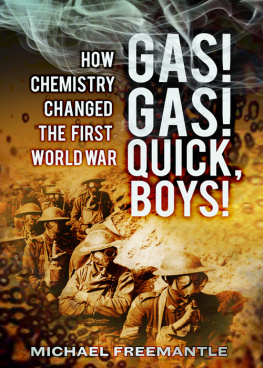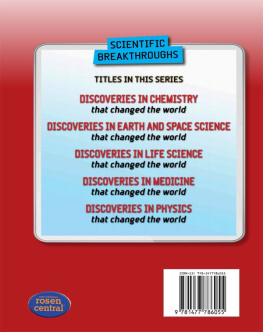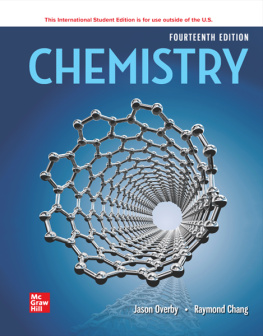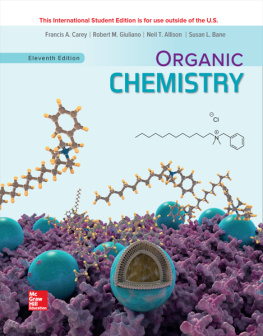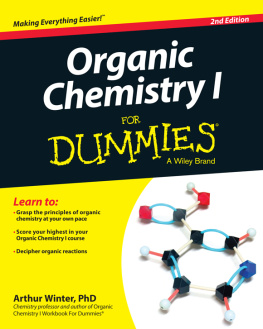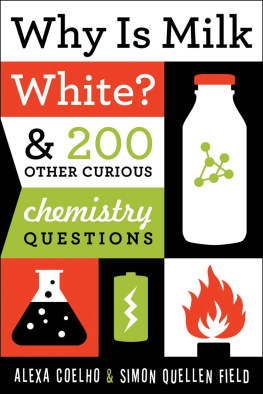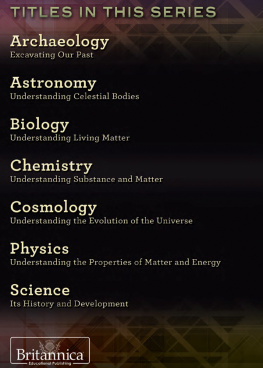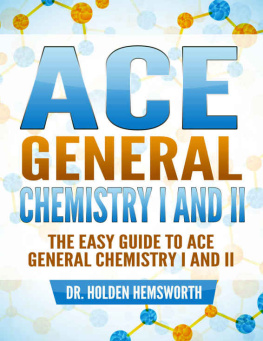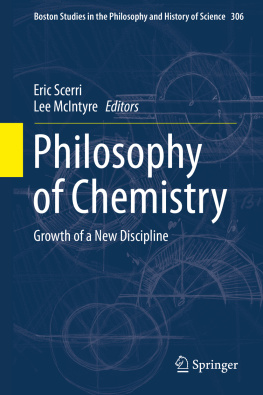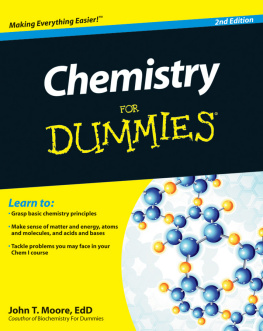1
Applied chemistry, to a large extent
Modern war, whether it be for robbing, plundering and subjugating other nations, or for legitimate self-defence, has become primarily dependent upon exact knowledge, good scientific engineering and, to a large extent, applied chemistry.
Few people outside the world of chemistry and industry will be familiar with the Belgian-American industrial chemist who made this remark at a meeting in New York on 10 December 1915. But many people will have heard of the plastic he invented and patented in 1907. The chemist was Leo Baekeland (18631944) and the plastic Bakelite.
The modern war to which Baekeland refer red was the First World War, although, at the time, the United States had yet to enter the war and it was referred to by many Americans as the European War. The war, also known as the Great War and the War to End All Wars, was fought between the Allied Powers and the Central Powers from 1914 to 1918. The Allied Powers consisted of Britain, France, Japan, Russia and Serbia, with Italy joining in 1915, Portugal and Romania in 1916, and Greece and the United States in 1917. The Central Powers consisted of Germany, the Austro-Hungarian Empire and Ottoman Turkey, with Bulgaria joining them in 1915.
Baekelands comment linking modern war to applied chemistry appeared as the opening paragraph of the published version of an address entitled The Naval Consulting Board of the United States, which he presented to members of the American Chemical Society and the American Electrochemical Society. Baekeland, who was a member of the board, did not mention Bakelite or other early plastics in his address but focused rather on ways that the United States could harness its scientific and technical potential for the development and production of munitions and military equipment needed for defence.
Baekelands audience in New York would have regarded his observations that modern war relied on applied chemistry as self-evident. They would have also known that chemistry and chemicals were not only being employed to devastating effect in the First World War, but also that chemistry in one form or another had been applied wittingly or unwittingly to warfare since time immemorial.
Over 2,000 years ago, for example, Roman legionaries in battle wore armour made of iron, a chemical element, and helmets made of bronze, an alloy a mixture of a metal and one or more other chemical elements.The composition of bronzes varies but is typically 80 per cent copper and 20 per cent tin, and, like iron, these two metallic elements are extracted from ores by smelting. The operation is based on two chemical processes: first, the ores are converted to metal oxides; then the oxygen is removed from the oxides by heating them with what is known as a reducing agent, typically the chemical element carbon in the form of charcoal or coke.
Gunpowder provides another example of the application of chemistry to warfare. The powder consists of a mixture of charcoal, the chemical element sulfur and one chemical compound potassium nitrate. Its use in warfare dates back to the introduction of the gun as a weapon in the fourteenth and fifteenth centuries. In fact, gunpowder chemistry also played a role in the birth of modern chemistry as we now know it. The birth is widely attributed to the publication of the first chemistry textbook Trait lmentaire de Chimie (Elementary Treatise on Chemistry) by French chemist Antoine Laurent Lavoisier (17431794) in 1789. From 1776 to 1791, Lavoisier was responsible for gunpowder production and research at the Royal Arsenal in France. Unfortunately for him, he was also a tax collector and served on several aristocratic administrative councils. During Frances Reign of Terror, he was accused by revolutionists of counter-revolutionary activity, found guilty and executed by guillotine on 8 May 1794.
In the following century, chemistry as a distinct discipline and profession began to take root. For example, the Chemical Society of London, the French Chemical Society and the American Chemical Society were founded in 1841, 1857 and 1876 respectively, while the Society of Chemical Industry was formed in Britain in 1881 and its German equivalent in 1887. The first ever international meeting of chemists took place at a congress in Karlsruhe, Germany, in 1860 and the participants included the Russian chemists Dmitri Mendeleev (18341907), the chief architect of the Periodic Table of Chemical Elements, and Alexander Borodin (18331887), a respected chemist who is best remembered as a composer. Another international conference on chemistry took place in Paris in 1889 and the first of a series of International Congresses on Applied Chemistry was held in Brussels in 1894.
The application of chemistry to warfare also developed rapidly in the years between Lavoisiers 1789 treatise and the outbreak of the First World War. The discovery of new types of powerful explosives, new medicines and drugs to treat wounded soldiers, and new types of metal alloys for weapons and military equipment during this period had a major impact on the war.
One of the discoveries in applied chemistry during the nineteenth century which, perhaps surprisingly, had immense significance for the First World War was the synthesis of mauve, the first synthetic dye, by English chemist William Henry Perkin (18381907) in 1856. Other synthetic dyes soon followed; for example, two years after the discovery of mauve, Perkins chemistry teacher, the German chemist August Wilhelm von Hofmann (18181892) synthesised the dye magenta.These dyes, like their natural counterparts, are organic compounds they contain the element carbon.
The discoveries of synthetic dyes not only revolutionised fashion and the textiles industry, but they also gave birth to the synthetic dyes industry and the mass production of organic chemicals. Furthermore, they sparked widespread interest in the commercial applications of synthetic organic chemistry. Before then, the organic chemical industry had been largely confined to the manufacture of soap from fats and oils.
Germany was the quickest to recognise the commercial potential of synthetic organic chemistry. In the years leading up to the First World War, the country became the worlds predominant manufacturer and exporter of synthetic dyes and other commercially-important, synthetic, organic compounds, most notably pharmaceutical products. Furthermore, soon after the beginning of the First World War, Germany was able to adapt the chemical plants in its dye-producing factories for the industrial-scale production of trinitrotoluene (TNT) and other powerful explosives based on organic compounds.
The discovery and development of synthetic plastics also occurred in the nineteenth century. In the 1860s, English chemist Alexander Parkes (18131890) invented celluloid, the first synthetic plastic. American inventor John Wesley Hyatt (18371920) subsequently developed the synthesis for a variety of commercial applications and it was used to make the photographic roll film developed by George Eastman (18541932) in 1889. By the start of the First World War, photography had become sufficiently advanced not only to record life and death on the frontline, but also for training and reconnaissance purposes.
Richard B. Pilcher, Registrar and Secretary of the Britains Institute of Chemistry, refers to several examples of chemistrys applications to the war effort in an article published in the journal in September 1917. anaesthetics, synthetic dyes and photographic materials. Chemists, he continues, were also needed for the analysis of all these materials as well as for the analysis of water: the detection of poisons in streams, the disposal of sewage and other matters of hygiene.
Pilcher calls the First World War the Chemists War, and the term has since been used by many others for the war, including David J. Rhees, executive director of the Bakken Library and Museum in Minneapolis, USA, who wrote in an article on the war published in the early 1990s:

